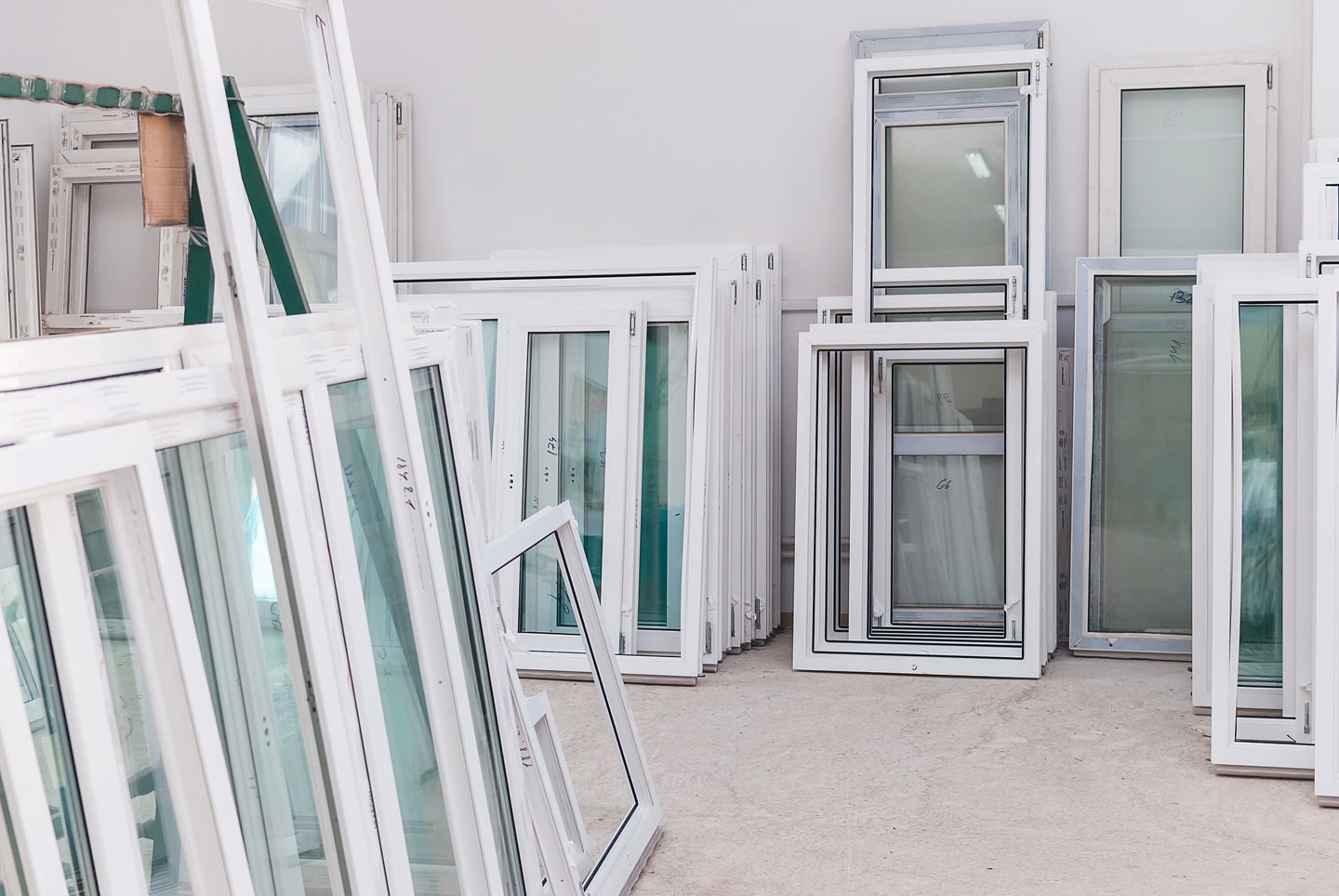
Global Leaders in Patio Door Replacement Manufacturing Driving Exports to Meet Global Demand
In today's global market, the demand for high-quality patio door replacement options is surging, prompting leading manufacturers to enhance their export strategies to cater to international customers. As homeowners seek to improve their living spaces, the replacement of patio doors not only elevates aesthetics but also contributes to energy efficiency and security. This blog will delve into the competitive advantages of premier patio door replacement manufacturers, particularly focusing on after-sales services and maintenance costs that can significantly impact consumer satisfaction.

Additionally, we'll explore practical guidelines on how to choose the right patio door replacement to suit various needs and preferences, ensuring that homeowners make informed decisions that align with both their budget and lifestyle. Join us as we navigate the complexities of patio door replacement and highlight the key players driving this thriving industry forward.
Impact of Global Market Trends on Patio Door Replacement Exports
The global patio door replacement market is witnessing significant shifts driven by evolving market trends and increasing demand. According to recent industry reports, the global window and door frame market, valued at USD 105 billion in 2024, is expected to surge to USD 148.8 billion by 2034, demonstrating a steady growth rate of 3.6% CAGR. This growth is largely influenced by factors such as rising consumer preferences for energy efficiency and multifunctional outdoor spaces, reinforcing the importance of patio door replacements.
The introduction of tariffs, particularly the recent hike to 145% on Chinese imports, poses challenges and opportunities for manufacturers. With increased costs for Chinese exporters, global leaders in patio door replacement manufacturing are adapting their supply chains and exploring new markets to meet the rising global demand. This may lead to a shift in production locations, emphasizing the need for efficiencies in manufacturing without compromising quality.
Tips for manufacturers: Focus on innovation in product design to enhance energy efficiency, which can significantly attract eco-conscious consumers. Additionally, consider diversifying your supplier base to mitigate risks associated with trade tariffs and maintain cost-effectiveness in your operations. By staying ahead of market trends and adapting strategies accordingly, brands can thrive in an increasingly competitive landscape.
Global Leaders in Patio Door Replacement Manufacturing Driving Exports to Meet Global Demand
| Region | Market Share (%) | Export Volume (Units) | Yearly Growth Rate (%) | Export Value ($Million) |
|---|---|---|---|---|
| North America | 35% | 500,000 | 8% | 75 |
| Europe | 30% | 450,000 | 6% | 65 |
| Asia-Pacific | 25% | 350,000 | 10% | 55 |
| Latin America | 5% | 100,000 | 4% | 15 |
| Middle East & Africa | 5% | 100,000 | 3% | 10 |
Regulatory Challenges in Patio Door Manufacturing Certifications
In the ever-evolving world of patio door manufacturing, regulatory challenges play a crucial role in shaping the industry’s landscape. Manufacturers aiming to meet the increasing global demand face a labyrinth of certification requirements that vary significantly across regions. These regulations ensure that patio doors meet safety, energy efficiency, and performance standards, but navigating them can be a daunting task for both new and established players in the market.
For global leaders in patio door replacement manufacturing, staying compliant with these diverse regulations is not only essential for legal operation but also for maintaining a competitive edge. As exports grow, companies must invest in understanding the specific certifications required by different countries, which often involve rigorous testing and documentation processes. Adapting production methods to comply with these regulations can lead to increased costs and extended timelines, but it is a necessary step toward building a trustworthy brand in an international market.
Global Patio Door Replacement Market Trends
Key Players in the Global Patio Door Replacement Industry
The global patio door replacement industry has witnessed significant growth, driven by increasing consumer demand for energy-efficient and aesthetically appealing solutions. Key players in this market, such as Milgard Windows & Doors, Therma-Tru Doors, and Pella Corporation, are leading innovations and capitalizing on the rising trend of home renovations. According to a recent industry report by Grand View Research, the market size for patio door replacements is expected to reach approximately $12.3 billion by 2027, showcasing a compound annual growth rate (CAGR) of 5.1% from 2020 to 2027. This growth is largely fueled by a shift towards sustainable building practices and homeowners' desires to enhance outdoor living spaces.
As these leading manufacturers drive exports to meet global demand, they face both opportunities and challenges in an increasingly competitive marketplace. The International Trade Administration reports that the U.S. exports of doors and windows accounted for over $1.4 billion in 2022, highlighting the robust international interest in high-quality American-made patio doors. Furthermore, with advancements in manufacturing technologies and materials, companies are investing in product diversification, allowing for greater customization and improved performance metrics, such as thermal efficiency and weather resistance. This strategic focus not only enhances their market position but also aligns with the growing trend of eco-conscious living.

Innovations Driving Efficiency in Patio Door Exports
The patio door replacement manufacturing sector is witnessing transformative innovations that are significantly enhancing export efficiency. As global demand escalates, manufacturers are embracing advanced technologies to streamline production processes. From automated assembly lines to cutting-edge material selections, these innovations not only boost output but also improve the overall quality of patio doors, allowing manufacturers to meet stringent international standards.
 Moreover, the introduction of smart manufacturing practices is reshaping supply chain dynamics. By incorporating data analytics and IoT solutions, manufacturers can optimize inventory management and forecasting. This real-time capability enables them to respond swiftly to market fluctuations and consumer preferences, ensuring that the right products are available at the right time. As a result, these advancements not only drive profitability but also position companies as leaders in the highly competitive global marketplace.
Moreover, the introduction of smart manufacturing practices is reshaping supply chain dynamics. By incorporating data analytics and IoT solutions, manufacturers can optimize inventory management and forecasting. This real-time capability enables them to respond swiftly to market fluctuations and consumer preferences, ensuring that the right products are available at the right time. As a result, these advancements not only drive profitability but also position companies as leaders in the highly competitive global marketplace.
Sustainability Practices in Patio Door Manufacturing and Exporting
As global demand for patio doors rises, manufacturers are increasingly focusing on sustainable practices in their production and exporting processes. Recent data indicates that the patio door market is projected to grow substantially, with an estimated rise of 6.5% CAGR through 2027. This growth is fueled not only by an increase in home renovations but also by a heightened consumer awareness toward environmental impacts. Manufacturers are now adopting eco-friendly materials and energy-efficient designs that significantly reduce carbon footprints during both production and transportation.
However, the competitive landscape is becoming more complex, especially with policies such as the European Union's free-trade agreements. French farmers have expressed concerns that these agreements expose local markets to "unfair competition," allowing for an influx of cheaper foreign products. This sentiment sheds light on the balancing act that patio door manufacturers must navigate; while striving for sustainability and responding to global market demands, they must also contend with regulations and competition that may undermine their efforts. By prioritizing sustainable manufacturing practices, these leaders in the industry can not only boost exports but also ensure their long-term viability in a challenging market landscape.

